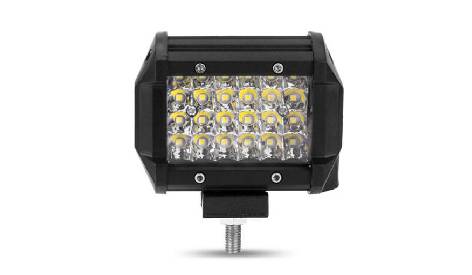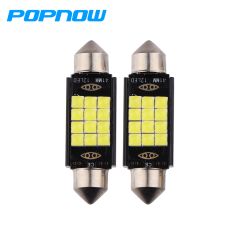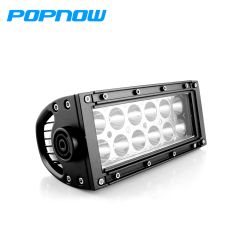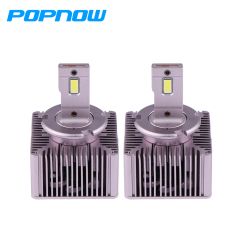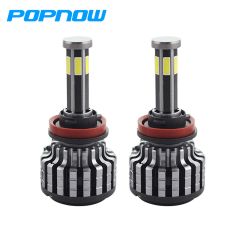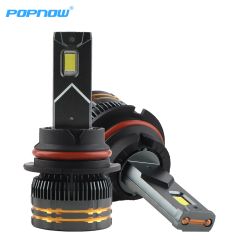When the design of LED car lights is not properly conceived, production costs can escalate and cost recovery is not expected. Therefore, several important factors must be weighed in the decision-making process. Below we will explain the design principles of LED car lights in terms of the driving method, voltage, and circuit requirements.

Here is the content:
Driving method of LED automotive lights
Voltage requirements
Requirements for the circuit
Driving method of LED automotive lights
Round LED car lights can be driven by resistor current limiting, linear regulators, and switching converters. Resistor current limiting scheme is suitable for low-efficiency applications, so the efficiency requirements are very high, the input voltage range of automotive lighting does not use this method. Linear regulator is adapted to low current or LED forward voltage drop slightly lower than the supply voltage, but the same problem of efficiency and input voltage range is small. The switching converter has a flexible circuit topology, high efficiency, and wide input voltage characteristics. Therefore, after considering the efficiency, installation size, quiescent current, operating voltage, noise, and output regulation, the driving circuit mostly uses the switching converter.
Voltage requirements
Because the input voltage range of the battery can be very different from the normal range, so the drive circuit generally uses Buck-Boost topology to meet the voltage requirements of the LED array. This circuit topology DC gain and duty cycle D (the ratio of turn-on time to cycle within a switching cycle) are related. When the battery voltage is lower than the LED voltage required, adjust D > 0.5, so that the circuit is in the step-up state; when the battery voltage is higher than the LED voltage required, adjust D < 0.5, so that the circuit in the step-down state. Mini LED car lights are current-controlled current-type components, the brightness is proportional to the current flowing. To ensure stable and reliable brightness, Mini LED car lights need a constant current to drive, and also need to keep the ripple current at an acceptable level under all circumstances. Therefore, the output of the LED driver circuit must be a constant-current output rather than a constant-voltage output.
Requirements for the circuit
The LED driver circuit must meet the following requirements.
(1) Voltage lift function. When the input voltage or LED itself, voltage drop fluctuations, adjust the output voltage to meet the requirements of constant output current to ensure stable and reliable LED car lights.
(2) High power conversion efficiency. To reduce the drive loss, saving costs, while reducing the number of battery charging, extending battery life.
(3) Brightness adjustment function. When the surrounding environment is very dark, the signal lights often do not need the maximum current drive, when the drive current can be controlled to change the brightness of the LED, and thus reduce the power consumption of the LED. The common method to adjust the drive current is to use PWM signal control.
(4) Has a complete protection circuit. A variety of protective measures should be set up to protect itself and round led car lights reliable work. For example, low-voltage latching, overvoltage protection, overheating protection, output open-circuit or short-circuit protection, etc.
Each of our company's lights will be strictly tested before leaving the factory to control the quality of each component from the source, and the samples will be tested for more than 3,000 hours of lighting, if the LED car lights products do not achieve satisfactory results, we will never ship them.

